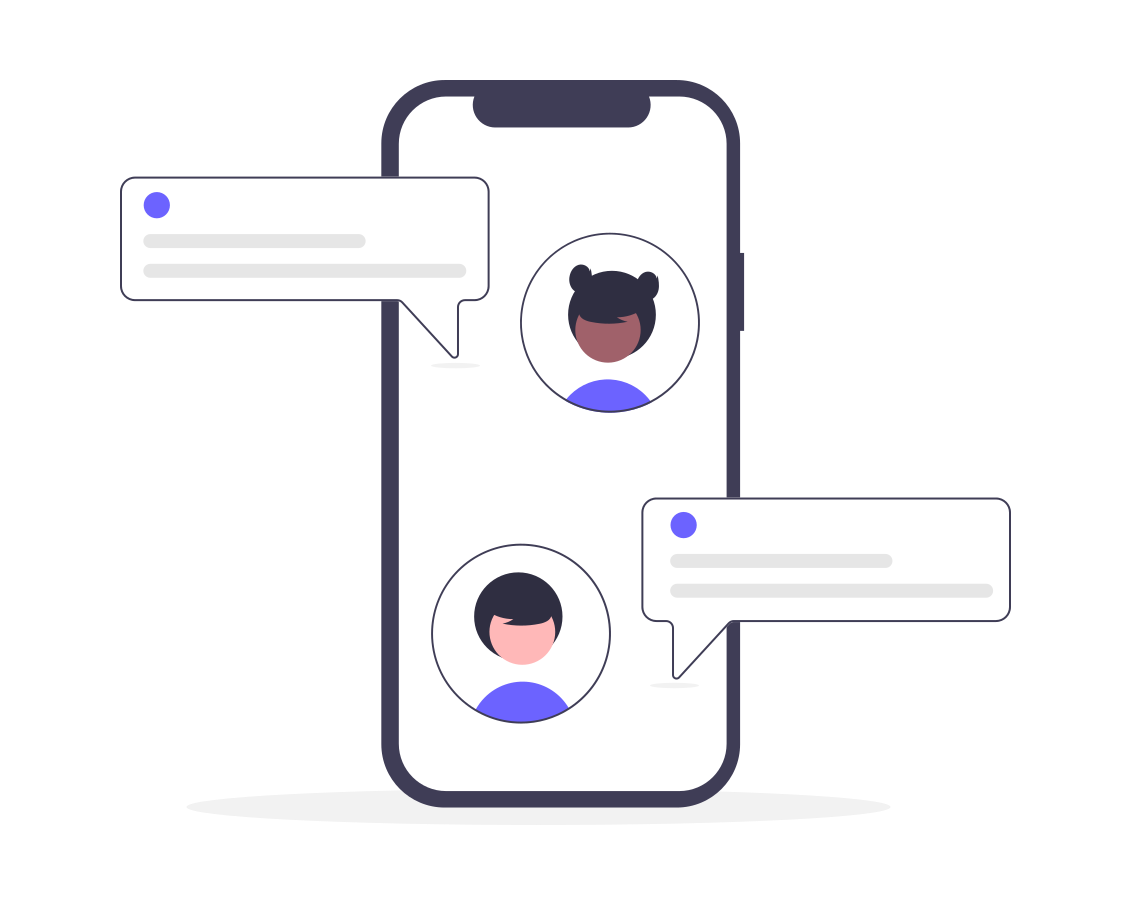In today's digital landscape, businesses are continually seeking ways to enhance customer engagement and satisfaction. One of the most effective tools for achieving this is the AI-powered chatbot. These sophisticated virtual assistants leverage artificial intelligence to offer personalized customer interactions, delivering a level of service that can significantly improve user experiences and operational efficiency.
The Rise of AI-Powered Chatbots
AI-powered chatbots have evolved from simple automated response systems to advanced conversational agents capable of handling complex queries and tasks. The integration of natural language processing (NLP) and machine learning algorithms has enabled these chatbots to understand and respond to human language more effectively, making interactions feel more natural and engaging.
Personalization at Scale
One of the standout features of AI-powered chatbots is their ability to personalize interactions at scale. Personalization is no longer a luxury but a necessity in today’s customer-centric world. Chatbots can analyze customer data to provide tailored responses, recommendations, and solutions based on individual preferences and past behaviors. This level of customization enhances the customer experience, fostering loyalty and increasing satisfaction.
Example: E-Commerce
In the e-commerce industry, AI-powered chatbots can assist customers in finding products that match their preferences, provide personalized promotions, and even follow up on abandoned carts with customized messages. By leveraging customer data, these chatbots create a shopping experience that feels unique to each user, driving higher conversion rates and repeat business.
Enhancing Customer Support
Customer support is another area where AI-powered chatbots are making a significant impact. Traditional customer service models often struggle to keep up with high volumes of inquiries, leading to long wait times and frustrated customers. AI chatbots can handle multiple interactions simultaneously, providing instant responses and resolutions to common issues.
24/7 Availability
Unlike human agents, chatbots are available 24/7, ensuring that customers can receive assistance at any time. This constant availability not only improves customer satisfaction but also helps businesses manage their support resources more efficiently.
Handling Complex Queries
Advanced AI chatbots can also escalate complex queries to human agents, providing them with context and previous interactions to streamline the process. This hybrid approach ensures that customers receive the best possible service, combining the efficiency of automation with the expertise of human support.
Data-Driven Insights
AI-powered chatbots generate a wealth of data from customer interactions. Businesses can analyze this data to gain insights into customer preferences, behaviors, and pain points. These insights can inform marketing strategies, product development, and overall business decisions.
Real-Time Analytics
Real-time analytics provided by chatbots allow businesses to monitor customer interactions as they happen. This immediate feedback loop helps in identifying issues and opportunities quickly, enabling proactive adjustments to enhance the customer experience.
Implementing AI-Powered Chatbots
Implementing AI-powered chatbots requires careful planning and execution. Here are some key steps to consider:
1. Define Objectives
Start by defining the objectives you want to achieve with your chatbot. Whether it's improving customer support, increasing sales, or gathering customer insights, clear goals will guide the development and deployment process.
2. Choose the Right Platform
Selecting the right platform is crucial. Look for chatbot solutions that offer robust NLP capabilities, seamless integration with your existing systems, and scalability to grow with your business.
3. Train Your Chatbot
Training your chatbot involves feeding it with relevant data and scenarios it might encounter. This training helps the chatbot understand the context and provide accurate responses.
4. Monitor and Improve
Once deployed, continuously monitor the chatbot's performance. Use analytics to identify areas for improvement and update the chatbot's knowledge base regularly to keep it aligned with your business goals and customer needs.
The Future of AI-Powered Chatbots
The future of AI-powered chatbots looks promising as technology continues to advance. We can expect even more sophisticated interactions, enhanced emotional intelligence, and deeper integration with other AI systems. As chatbots become more intuitive and capable, they will play an increasingly vital role in personalizing customer interactions at scale.


